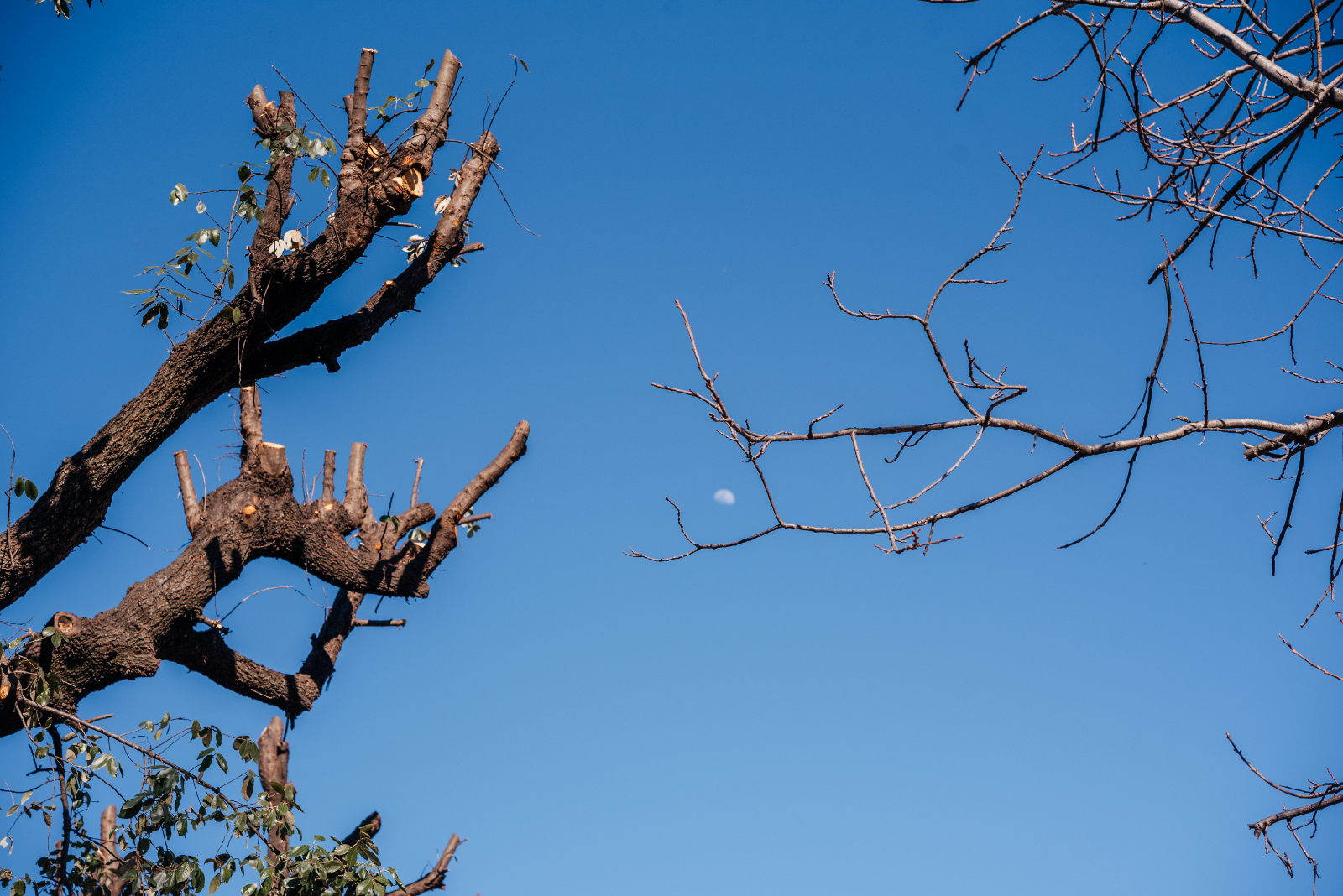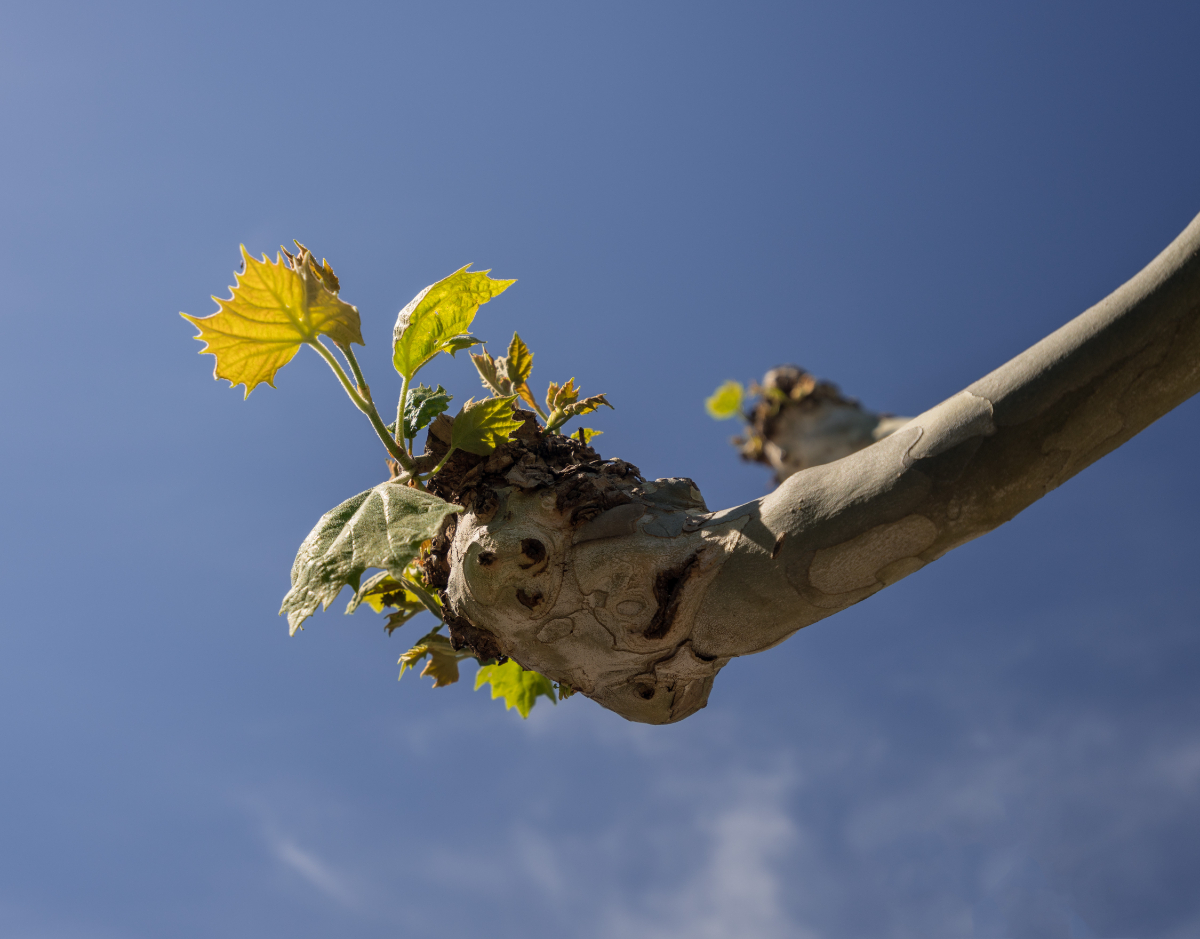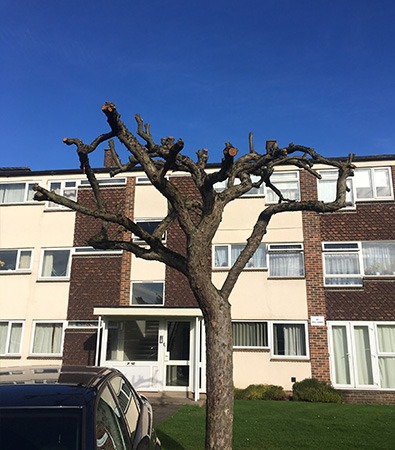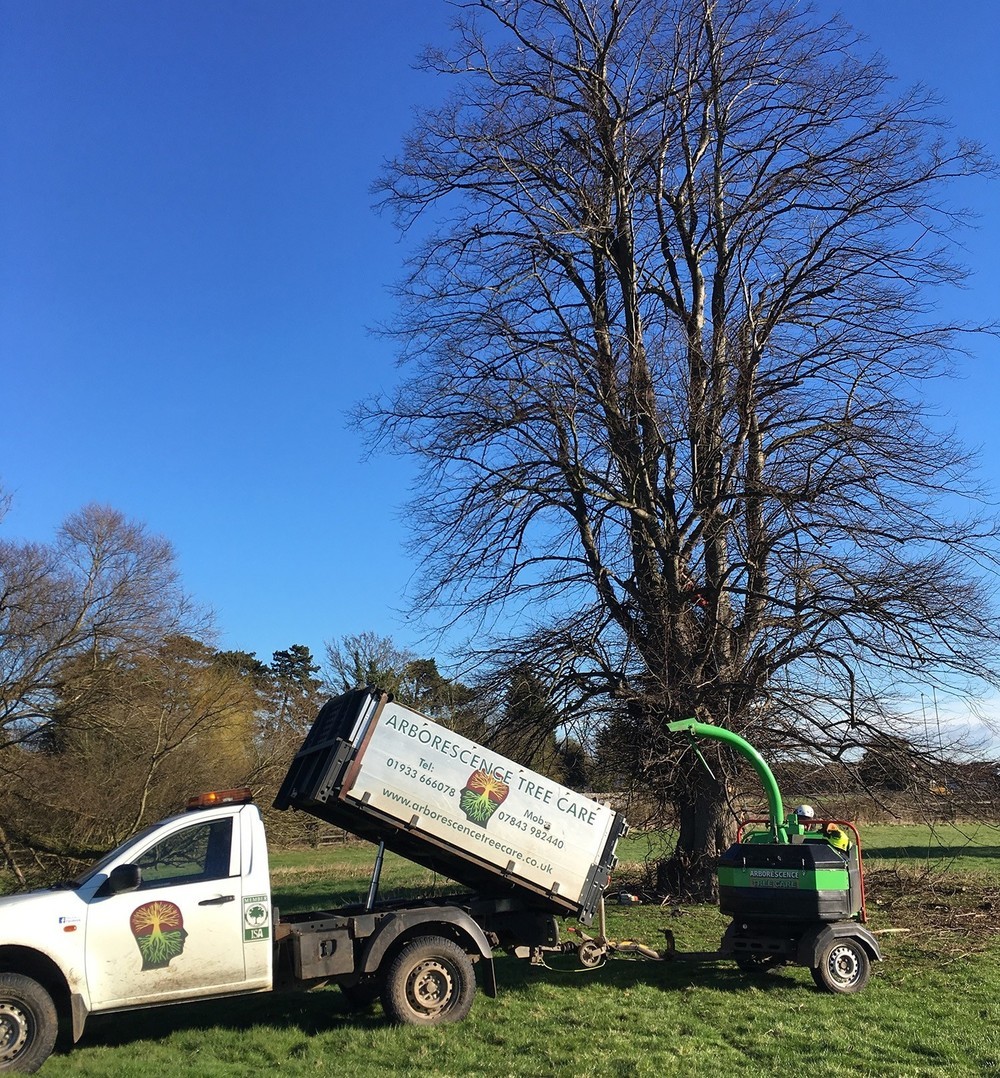What is Tree Pollarding
- Posted by:
- Admin
- Tags:
- Pollarding, Tree, Topping, Stumps, Branches
- Posted date:
- 12-01-2023

What is tree pollarding? This article looks at when pollarding is required and how to pollard young trees. Arborescence Tree Care offer trusted tree surgery services throughout Northampton, Milton Keynes, Bedford. Find out more about what pollarding is and how to maintain a pollard.
What is Pollarding?
Many homeowners or owners of land or properties with plenty of shrubbery and foliage may wonder what allotted space pollarding is and how it is achieved in the most accurate and presentable way.
Pollarding is a form of tree pruning and surgery that involves hiring professional arborists to cut off the leader of the tree's centre and all lateral branches to a specific height or substantial portions within a sensible few feet from the tree's crown.
The perfect height from your tree's crown is at least 6ft/2m, as this is the best way to ensure that they are long enough so that your trees stay healthy and continue their growth, but they are also short enough to ensure that grazing animals do not feed on any new vigorous growth.
The pruning technique or process also entails removing the tree's lower or crossing limbs, so don't be worried if, afterwards, your tree appears like a barren stick from all the tree trimming, as the crown will grow in and make it flourish as before.
The most efficient time to have your tree pollarded or pruned professionally is whilst it is dormant during the winter or early spring seasons. We recommend the duration between January and March, as this is when they acquire dormant buds.
You also want to undertake such jobs whilst your trees and shrubs are still young, as younger trees will regrow rapidly compared to older trees and are less susceptible to disease.
When is Pollarding Required?
The most suitable time to have trees and plants pruned and pollarded in your local environment is during the late winter and early spring seasons; however, we encourage home and property owners to consider the following:
You must strive to avoid pruning Acer species or frequent cutting cycles of shrubs or trees during times when they are susceptible to bleeding sap.
Whilst summer can be an acceptable period for pollarding; however, you may discover that the elemental effects of the heavy shade cast by neighbouring trees, drought or scorching sun can result in poor new growth.
We do not recommend undertaking any pollarding jobs or activities during autumn, as this period is when there is a height of decay and fungi that could enter any pruning cuts you or your professional tree surgeons have made.Pollarding vs Topping
To pollard trees means to prune young shrubs and trees for the sake of regrowth and to cut them in a manner that encourages such for conservation reasons.

However, topping is a highly disliked practice that is more likely to weaken or even kill your trees severely when used.
Cutting off the section of a tree entirely, referred to as topping, is a method that should only be performed on many mature trees that have been underestimated in size by homeowners.
After topping a tree, it can ultimately stunt its growth, so you and qualified arborists must only do it to large trees that are dead, diseased or entirely too big for their surroundings after plenty of planning permission from a local authority or panel. For example, if all the branches protrude, they must be cut down to prevent electric wires from causing shocks during windy weather.
How to Pollard Young Trees
When your trees and shrubs have grown to reach your desired height, it is wise to start pollarding them above ground level to prevent any growth that may lead to disease or decay. It's essential to begin by choosing the most suitable tree-like framework for your materials, equipment and surroundings.
For shrubs, it is sensible to ensure they are cut to at least a metre high, as you'll find that a mass of stems tends to sprout and continue to grow from the top.
On the other hand, with many trees, you'll find it more common for a trunk to be left with three to five strong branches.
Ensure these sturdy branches are cut back to a reasonable and desirable length, and you'll begin to uncover healthy twiggy growth at their ends as they develop.
As the new branches are formed and held weakly in their specific place, they begin to grow beneath the bark instead of the area within the tree.
When the wood lays its annual growth rings down, the overall bond and union of the tree anatomy strengthen, providing a much thicker base for the base to meet the shoot. Over the years, several swollen pollard heads will begin to form, representing where the new multiple shoots will grow with every passing year on your branches.
How to Maintain a Pollard

It's vital to continue the annual tree-cutting cycle once your shrub or trees have been professionally pollarded.
It would help if you adequately pruned all branches above any previous pollarding cuts. For example, in areas of your shrubbery where leaf cover is required to provide privacy within your garden or property, we recommend leaving a few branches intact, cutting back side branches only.
Those in the Royal Horticultural Society that carried out the process of pollarding for trees on various properties often used to collect excess timber produce for charcoal-making, fuel, basket-weaving and hurdle-making.
The frequent cutting back of leaves and withering branches encourages the growth and abundance of several new long stems, all young and vigorous ready to provide a much longer lifespan for the entirety of your shrub or tree.
Pollarding a tree is quite similar to coppicing; however, it is typically a job carried out with special equipment at an elevated height instead of using a coppice stool so that they can precisely work on the main trunk with more ease. It is far better to work at these heights so that you can ensure any work you do to achieve new growth cannot be affected by grazing animals that may live in wood pastures.
When maintenance is properly and professionally carried out regularly, pollarding can provide an impeccable, decorative form for your tree.
Numerous cities across the UK and Europe have market squares and areas lined with boulevards, and these utilise dense canopies and alleyways of trees and foliage that enhance the aesthetics. Such shrubbery supplies excellent shade, especially during the hotter times of the year and the summertime.
Rejuvenating an overgrown pollarded tree

One of the best ways to tackle tree surgery is by seeking advice from a professional arborist before proceeding with work.
Having a tree thoroughly pollarded regularly can be a costly venture; however, those with overgrown trees may find that they suffer the most financially, as they will require far more surgery for a much greater cost, especially if they are incredibly tall.
Whether you have deciduous trees, walnut trees, tulip trees, oak trees, etc., it is essential to ensure you get trees pollarded regularly and also employ safety checks regularly.
Professional arborists have all the skills and knowledge to assess the health of your trees and street trees; they are encouraged to trim, prune and pollard by the local authorities.
On the other hand, for those attempting to rejuvenate overgrown shrubs or pollarded trees on their own, we recommend trying the following:
Begin by removing any weakly-attached or spindly branches and ask yourself whether or not these need to be reduced in length or thinned out to provide the most functional and healthy framework for effectively restoring your shrub outgrowing itself or your tree.
You want to remove any branches that have grown from the old pollard stumps.
Suppose you have a horse or sweet chestnut tree; this will require you to cut to a far higher point than perhaps 6ft like the original pollards, as this will help prevent the exposure of old or weaker wood. With some trees, it is beneficial to retain the old branches; for example, with oak trees, you'll find that they thrive more when their main branches are left alone or trimmed only slightly.
If you want assistance in pollarding a tree on your property please contact our professional team of arborists today.
We offer tree felling, tree surveys and tree removal in Northampton, Milton Keynes and Bedford.
Are you looking for tree surgery in Northampton, Milton Keynes or Bedford? Get in touch with our experienced tree expert today to discus any of the tree services below.
